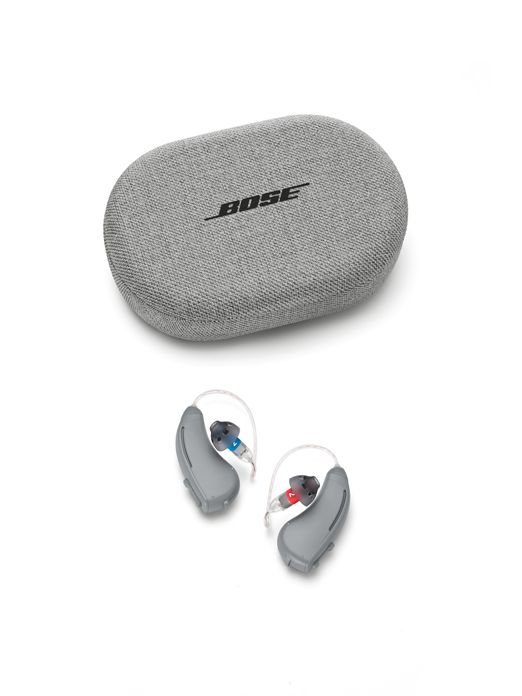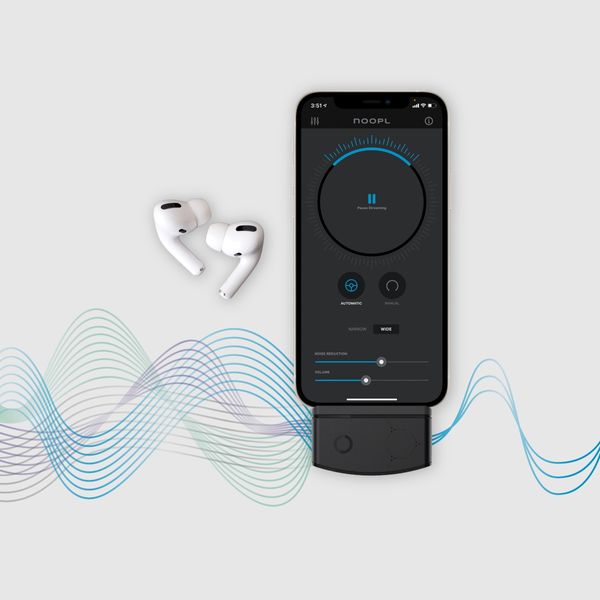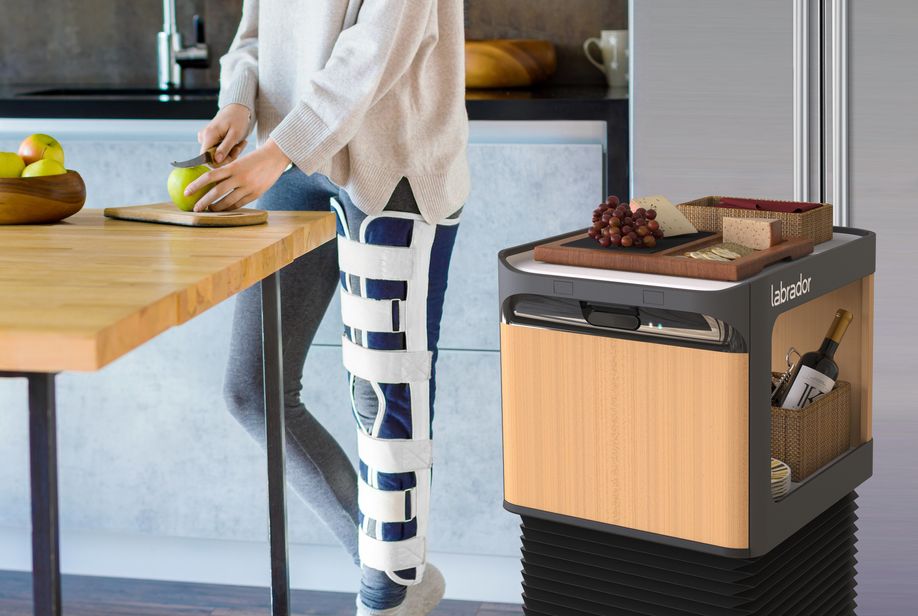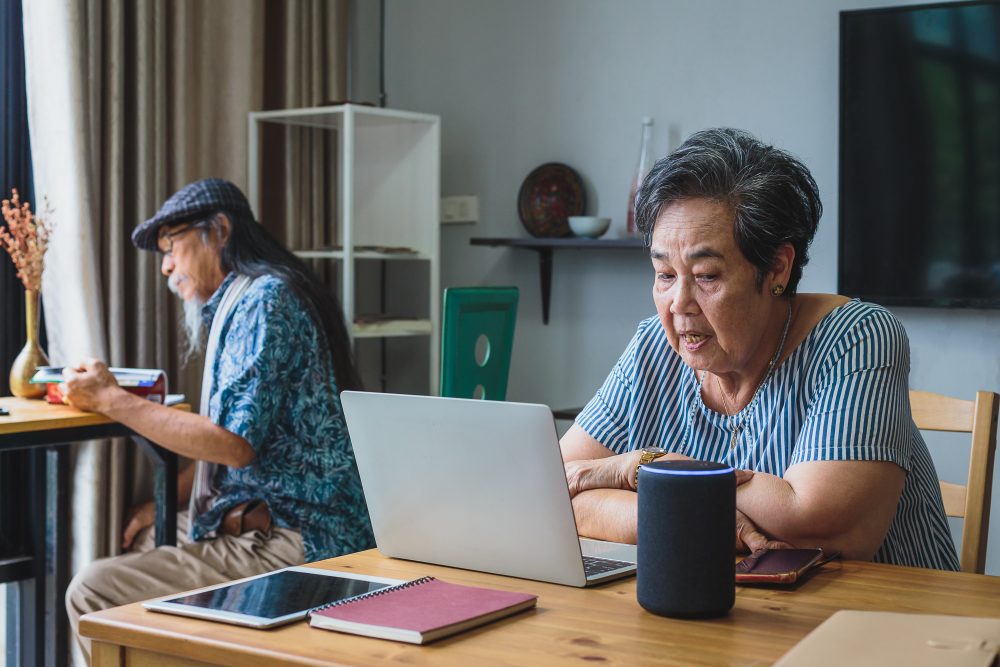Technology plays an important role in the lives of many seniors, from entertainment and communication to monitoring health and maintaining independence, and the isolation caused by the now two-year-old pandemic has made tech in these areas more of a necessity than a luxury. As devices get smaller, faster, more capable, and cheaper than ever, more practical seniors are taking advantage of them to protect quality of life. According to a recent AARP study, 72 percent of respondents in their 70s say they rely on technology to stay connected, and 35 percent use it to maintain personal independence. The biggest senior technology trends generally revolve around accessibility, social/family connection, and health monitoring, creating an environment where most devices are smart and connected to the Internet. Another major boon is the drive to make products like hearables and wearables less clunky-looking, which greatly reduces stigma. Much of this is due to advances in Bluetooth wireless technology, enabling smaller products that use less power and transmit more data. Biometric sensors are also key here, since they can measure a surprising number of vital stats like heart rate and oxygen level, and motion sensors can even provide fall detection. These technologies are popping up in everything from toilets to light bulbs.
The field of digital therapeutics is in its infancy but promises to grow very quickly in the coming years as telehealth becomes more common, and, in a pandemic, necessary. The Consumer Technology Association (CTA) released a draft of a standard called DTx, which will allow tech companies to create products that work seamlessly together to treat various physical and mental issues. Kerri Haresign, director of technology and standards at CTA, said in a recent CTA report that “a clear standard will eliminate industry confusion, making these technologies more widely available for use and adoption. Greater access will lead to better health outcomes for patients.”
The availability of all this tech doesn’t necessarily translate to ownership, but AARP research data shows that people over 50 are spending significantly more on technology than they were pre-pandemic, with a spike in 2020 that leveled off in 2021 as the virus seemed to wane. We expect that when data for the end of 2021 — with the rise of the Omicron variant — comes in, we’ll see a bump there, too. Still, adults 50 and over spent $821 million on tech in 2021 compared with $394 million in 2019. By 2030, the 50-plus market is projected to swell to $108 billion annually.

Hearing Aids and PSAPs

Last year’s FDA proposal to create a category of over-the-counter hearing aids was huge news for seniors, and companies are already jumping on board to create products that are nearly invisible, smart, and affordable — and that don’t require trips to a doctor or specialist. Products like the new Eargo 6 are still a bit pricey (starting at $1,450), but that’s still a drastic reduction from the several thousand dollars seniors have been used to shelling out for traditional hearing aids. Less pricey solutions like Bose’s SoundControl ($849) will certainly continue to crop up, bringing hearing help closer to the realm of everyday affordability.

For those not ready for hearing aids, personal sound amplification products can be a huge help. Various products use directional mics, head tracking, and digital processing to make it easier to pick out what someone is saying to you in a noisy environment or if you have mild hearing loss. Companies like Noopl and Nuheara are leading the way here, and Apple even jumped into the game late last year by adding a Conversation Boost feature to its existing AirPods Pro earbuds so users can amplify and clarify sounds coming from the direction in which they are looking. Look for more of this to appear in true wireless earbuds in the near future.
Smart Watches
The days of clunky, pendant-style medical alert devices are over. Smart watches like the new LifeStation Sidekick Smart Wearable Medical Alert ($43.95 a month) are similar to ubiquitous products from Apple and FitBit. Sure, the Sidekick Smart has a built-in pedometer and heart rate monitor, as well as access to local weather info and GPS, but the killer app here is that it provides seniors two-way communication with an emergency monitoring center, and the sleek style helps take the stigma out of preventing falls and other mishaps from becoming lethal. (lifestation.com)
Assistive Robots

As healthcare workers continue to be stretched thin by the pandemic, assistive robots like the Labrador Caddie and Retriever (introduced at CES 2022) can take at least some of the pressure off by providing an extra set of hands around the house to help with household chores. These $1,500 robots (plus monthly fee) can carry up to 25 pounds and follow you around most areas of your home, and they can be retrofitted to some appliances so they can even grab something out of your fridge. Control options include a voice assistant, wireless button, and of course tablet or phone. (labradorsystems.com)
Health Monitoring The range of devices that can monitor your vitals is growing fast. One of the best things we’ve seen is Sengled’s Smart Health Monitoring Light (launching Q4 2022), which can track heart rate, temperature, and sleep (via radar), and has another potential use in fall detection.















